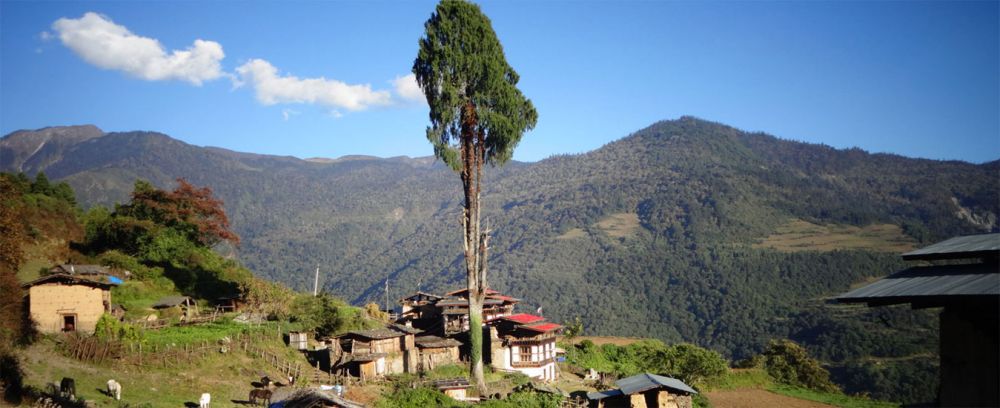

The kingdom of Bhutan, often known as the "Land of the Thunder Dragon," has long been shrouded in a veil of mystery and exclusivity. Samtengang, a quaint village situated in the district of Wangdue Phodrang, is a reflection of Bhutan’s commitment to preserving its cultural heritage and natural environment.
The history of tourism in Bhutan, including Samtengang, is relatively recent. Bhutan cautiously opened its doors to international tourists in 1974, coinciding with the coronation of the fourth king, His Majesty Jigme Singye Wangchuck. The initiative was a significant leap, aiming to generate revenue and promote Bhutanese culture yet ensuring that the influx of visitors would not undermine its traditions and environment.
Initially, the numbers were limited, with the government adopting a high value, low impact tourism policy, which remains in place. Samtengang, like many remote villages in Bhutan, remained off the beaten track for only the most adventurous or those seeking a deeper cultural immersion. In this untouched beauty, visitors could find a place where Bhutanese traditions were woven into the fabric of daily life.
In recent years, Bhutan has seen a burgeoning interest from travelers seeking authentic experiences, and Samtengang has gradually become more accessible to the outside world. The village is known for the Samtengang Winter Trek, a short and relatively easy trek that allows tourists to experience the rural lifestyle, local monastic life, and breathtaking terrains.
What makes Samtengang an alluring destination is its deep-rooted connection to the Bhutanese way of life. The village is nestled along a historic trail lined with chortens (stupas) and mani walls, serving as physical reminders of the Buddhist culture that permeates the nation. Attractions in and around the village include:
Bhutan's approach to tourism development continues to evolve, with an emphasis on sustainability and community-based tourism. Samtengang is part of a growing trend where villages partner with tour operators to provide homestays and immersive cultural exchanges that benefit both visitors and locals. This fosters an environment where tourism can support and strengthen the community while offering an authentic experience to those who visit.
The village, with its unhurried pace and scenic beauty, serves as an antidote to the fast-paced modern world. The future of tourism in Samtengang looks promising, provided that it maintains the delicate balance between opening up to the world and preserving its pristine character.
The Tourism Council of Bhutan (TCB) continues to play a pivotal role in shaping the future of destinations like Samtengang. By regulating and promoting sustainable tourism practices, the TCB ensures that places like Samtengang retain their allure and remain a source of national pride and cultural identity.
Samtengang village, with its rich history and emerging tourism industry, continues to be a hidden gem in the heart of Bhutan, offering a timeless journey into the essence of Bhutanese life and culture. The village not only provides a window into the past but also an insight into a more mindful and sustainable approach to travel.